The Qujing History Museum has been designed to create an ‘anti-gravity’ feel, – its huge structural parts are stepped out to mirror the stairs below and balanced on a small podium at one end, so it appears to be hovering. The Qujing History Museum, developed on behalf of the Qujing Culture and Sports Center Building Commission in Yunnan. Atelier’s Yingfan Zhang and Xiaojun Bu operated as design architects for the project, while Qiuda Lin and Weining Lin of Hordor were project architects.
Contemporary Architecture Of Qujing History Museum
The Qujing History Museum for culture center is a contemporary architectural, setting by hordor design group and atelier alter, that houses some of china’s oldest artifacts. as visitors approach, a massive ‘anti-gravity’ structural element reflects the stairs below.
The Qujing History Museum is entered through the central mass, where after ascending to a concrete plateau, museum goers can begin their explorations. the strong presence of the building instills a sense of gravitas fitting to the Qujing History Museum ’s subject matter, a collection dating back over 40,000,000 years.
Qujing History Museum Project Fact File
- Architects: Hordor Design Group, Atelier Alter
- Location: Qujing, Yunnan, China
- Architect In Charge: Yan Huang
- Design Architect: Yingfan Zhang, Xiaojun Bu
- Area: 202361.0 ft2
- Project Year: 2015
- Photographs: Courtesy of Atelier Alter
- Project Architect: Qiuda Lin, Weining Lin
- Architecture Design Team: Zhanghan Zheng, Zhenqing Que, Ling Zeng, Jeff Ding
- Structure: Masha Yang, Yingying Lin
- Mep Engineer: Guangyu Zhang, Xiaonan Zhu, Xiaoan Han
- General Contractor: Fourth Construction Co.,LTD of Yunnan Architectural Engineering Group
Qujing City History And Importance
Qujing is one of a kind. Two impossible miracles co-exist in city of Qujing:
- The Longyan Tablet and a fish fossil of 4,000-billion-year-old.
- Longyan Tablet marks the invention of a prominent calligraphic style, the fish fossil rewrites geology in human history.
Architectural Design Concept
The archaeological relics are both metaphor and subject matter of the Qujing history museum project. According to Plato, “whatever once exists can never cease to exist,” the collective consciousness of the city, and her citizens awaits a resurrection, in a contemporary setting, through the materialization of a series of significant Qujing history museum projects.
Qujing History Museum Building Planning
The Qujing history museum is entered through center of building mass. Audiences are elevated to a concrete plateau, as they begin their exhibition routes at a strategic point in space.
A vertical plaza is defined by processional steps and its echoing suspended roof. The graduate suspension of the enormous roof presents an “anti-gravity” architecture statement that puts the audiences in awe.
One could experience the immensity of space and time the city occupies. The strong presence of the void reinstates the gravitas of the Qujing history museum ’s subject matter: a profound history dates back over 4,000 billion years.
Landscape Design Of History Museum
A vertical landscape made of concrete drapes down from roof to the ground. As audiences penetrate the landscape and reach to the exhibition zone, geography and humanity converge at that every moment.
Pictures Of Qujing History Museum Building Architecture
Know More About Contemporary Museum Designs,
- Natural Science Museum Complex in Constanta, Romania by SYAA
- New Wing of Mumbai City Museum Design by Steven Holl
- Museum of Biodiversity Designed by Frank Gehry is first building in Latin America
- Award Winning Design of Museum of Fine Arts Tainan by Shigeru Ban
- Music Lessons In House Of Hungarian Music Museum Create Architectural Value For Budapest, Hungary
- Dark arts : A Museum of Modern Art for Artist Pierre Soulages Rodez, France.
Instead of assimilating into analogies of the site-terrace field, fossil grain, or calligraphic strokes-the formal expression of the architecture is in dialogue between the concrete and the abstract, the familiar and the unfamiliar.

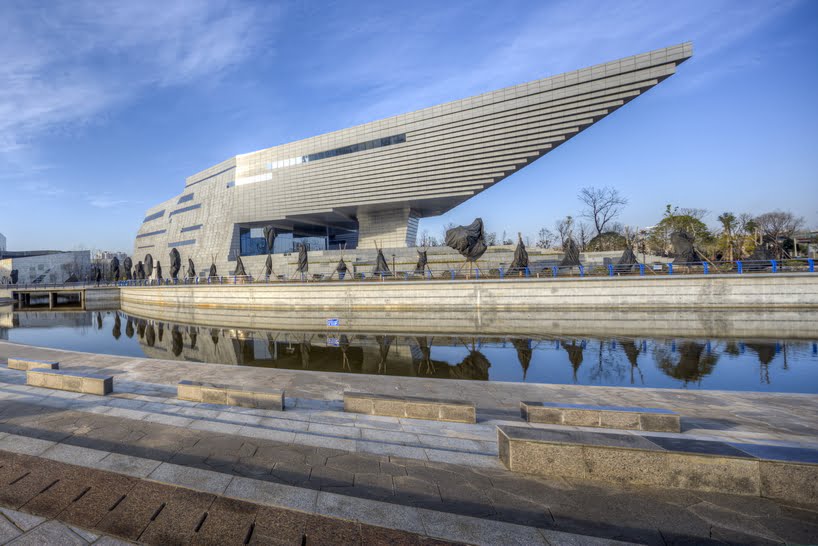
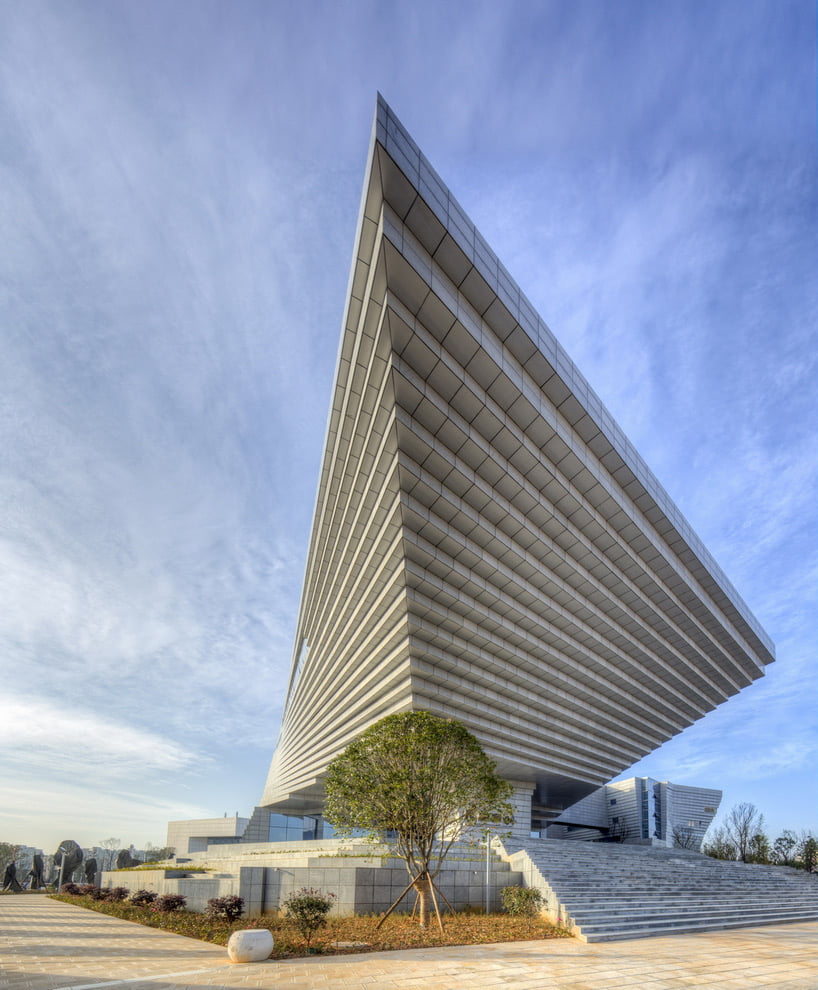
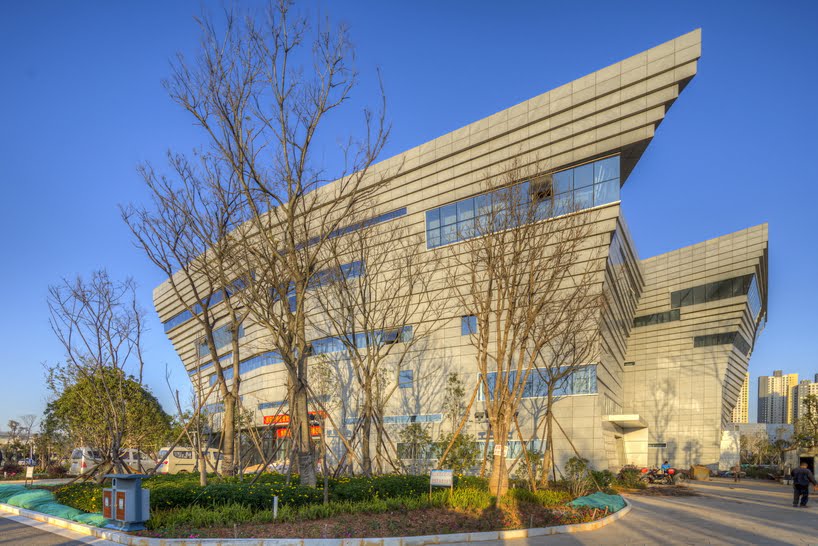
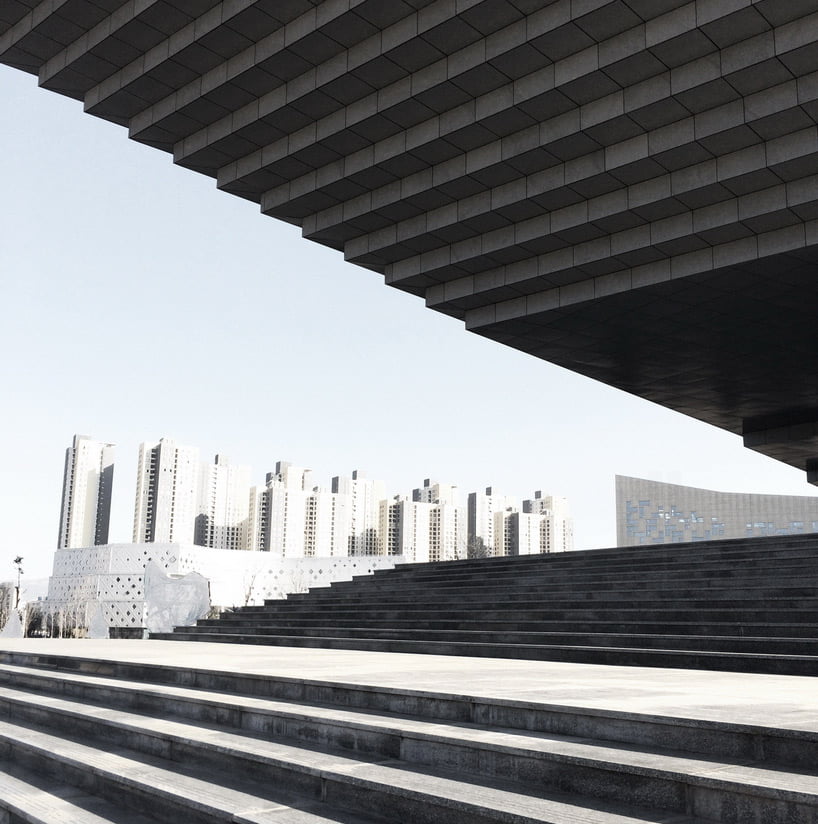
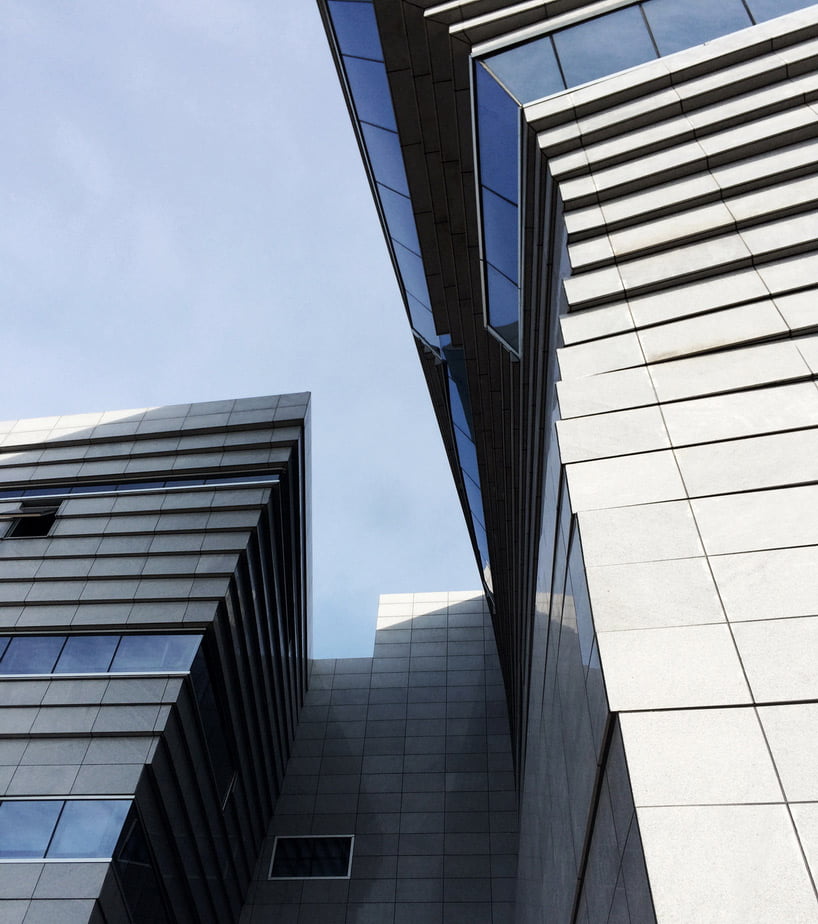
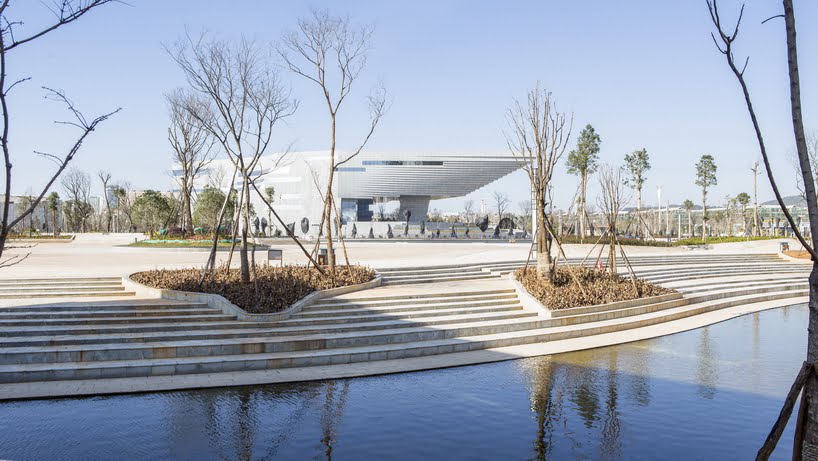
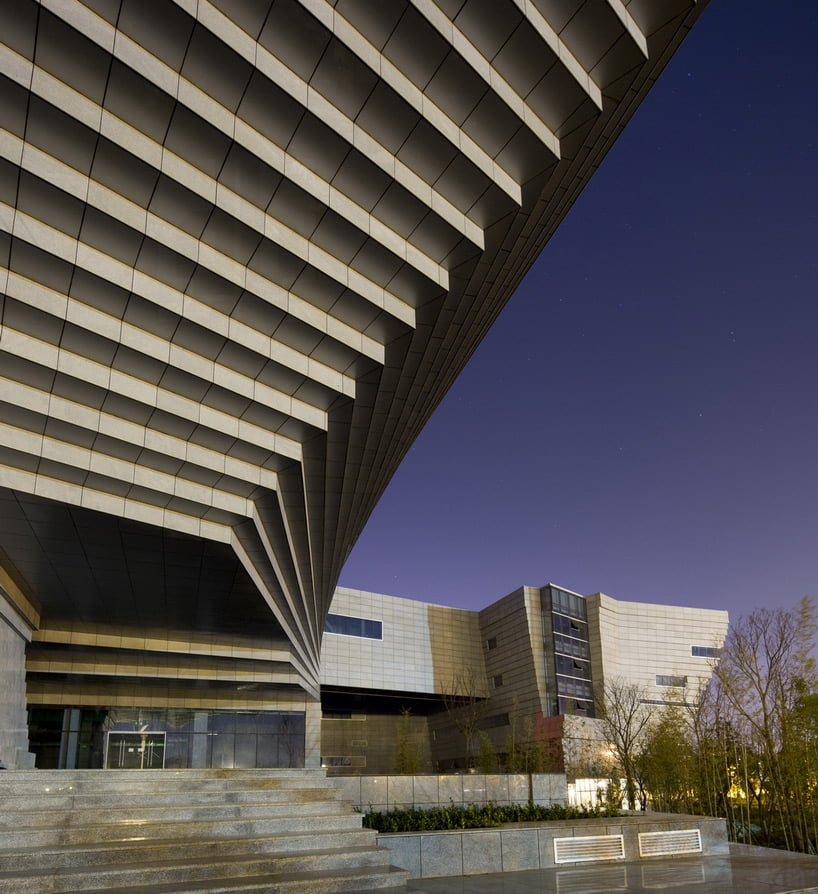
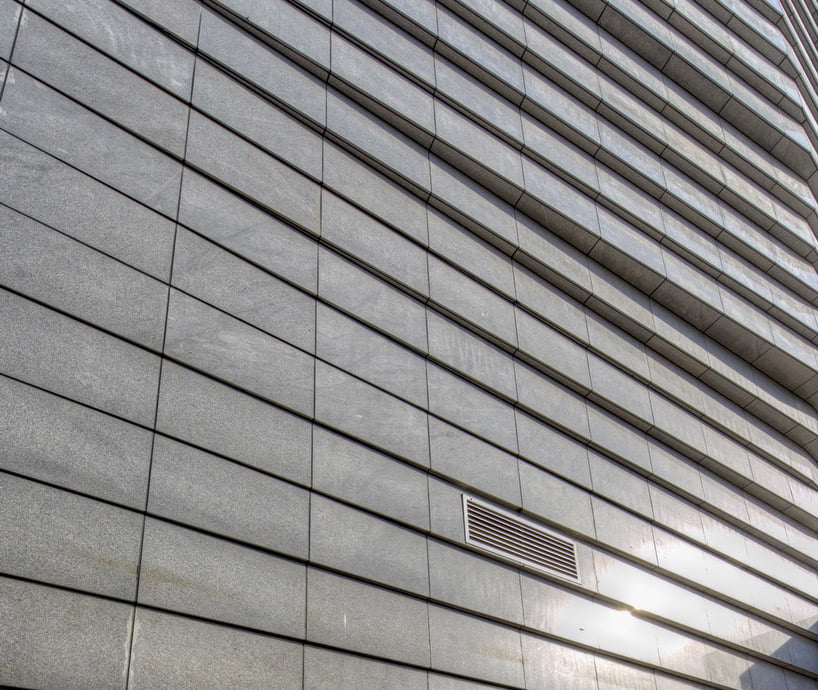
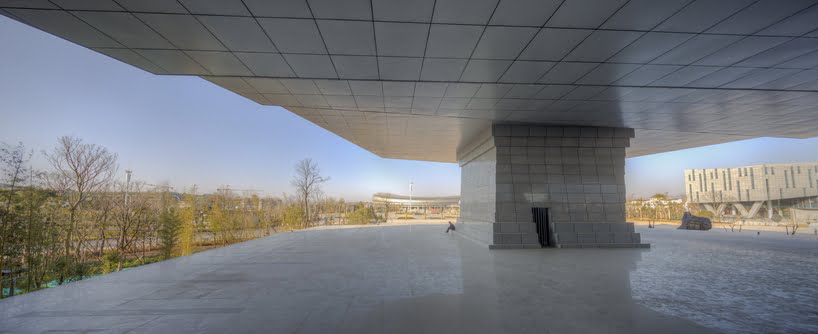
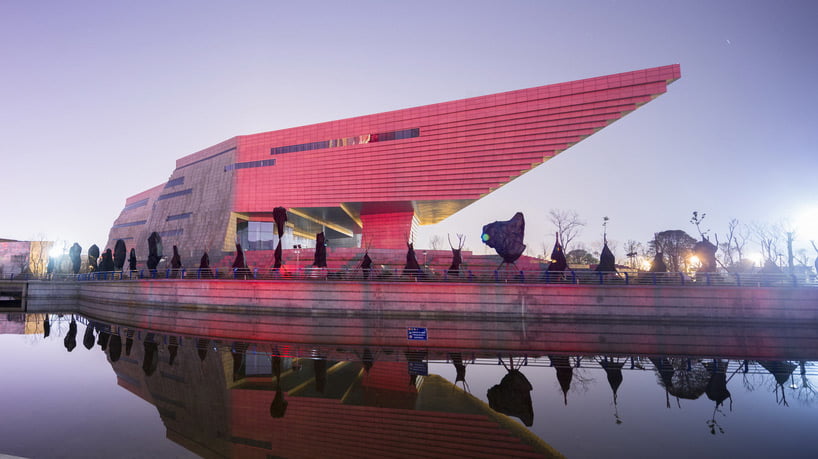
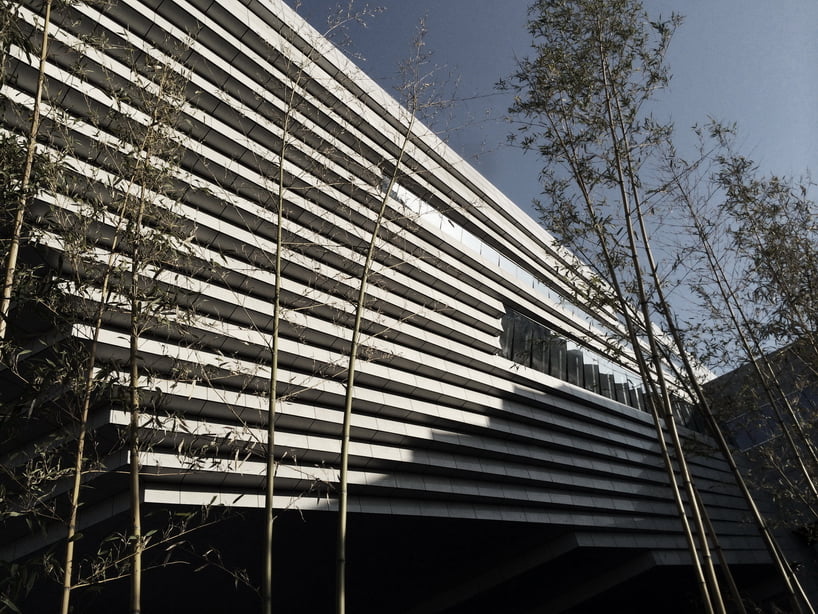
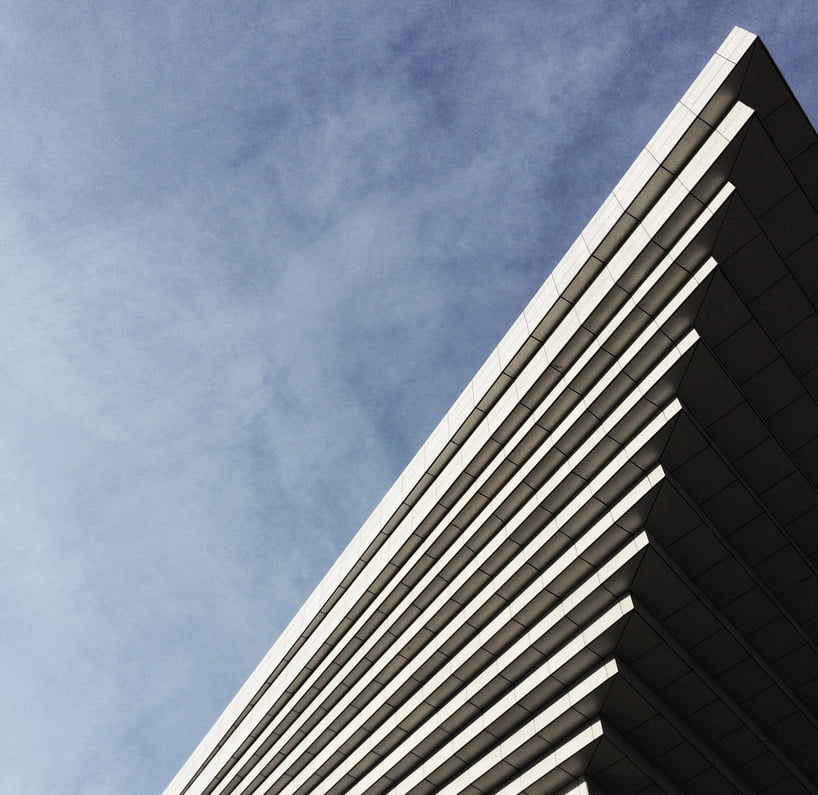
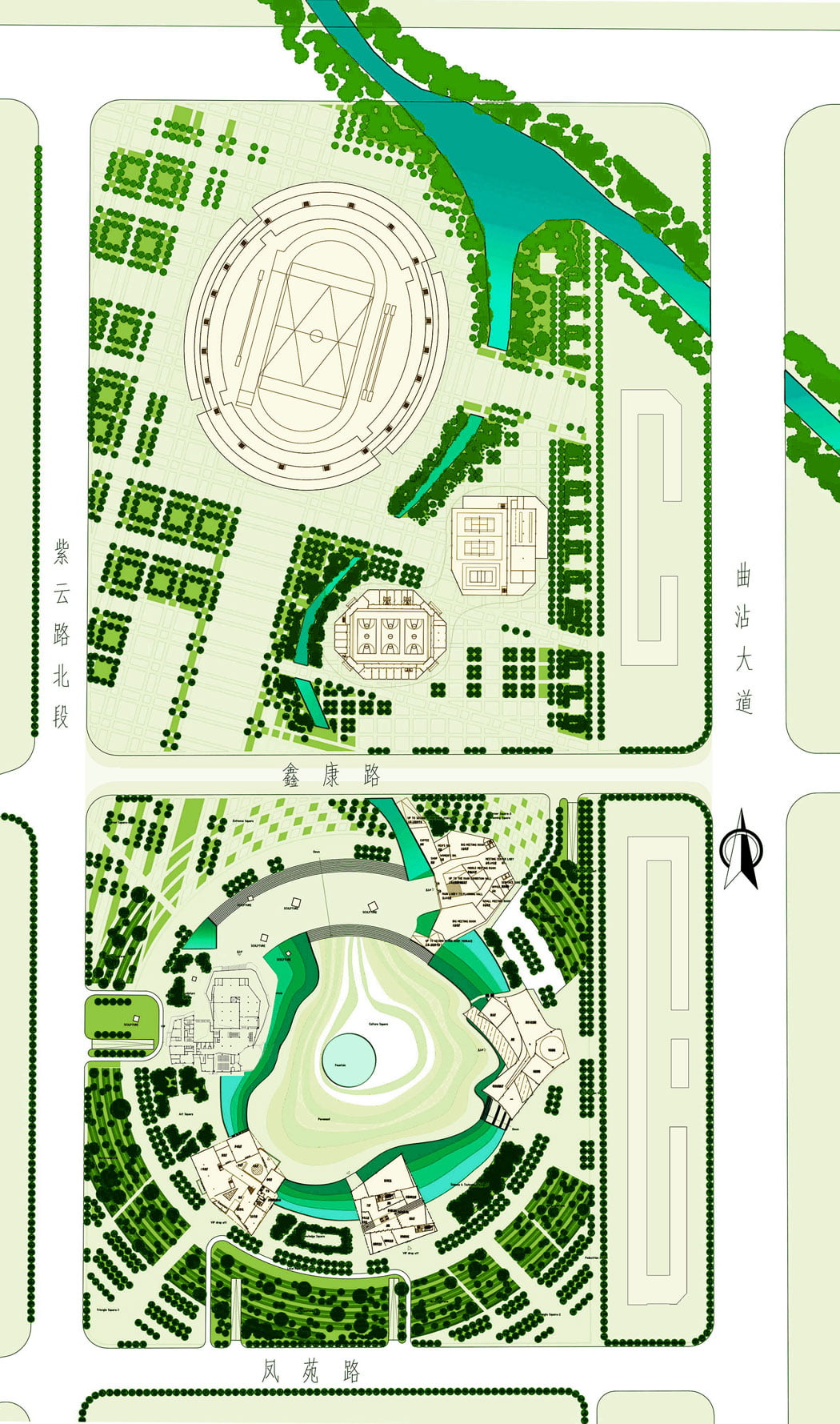
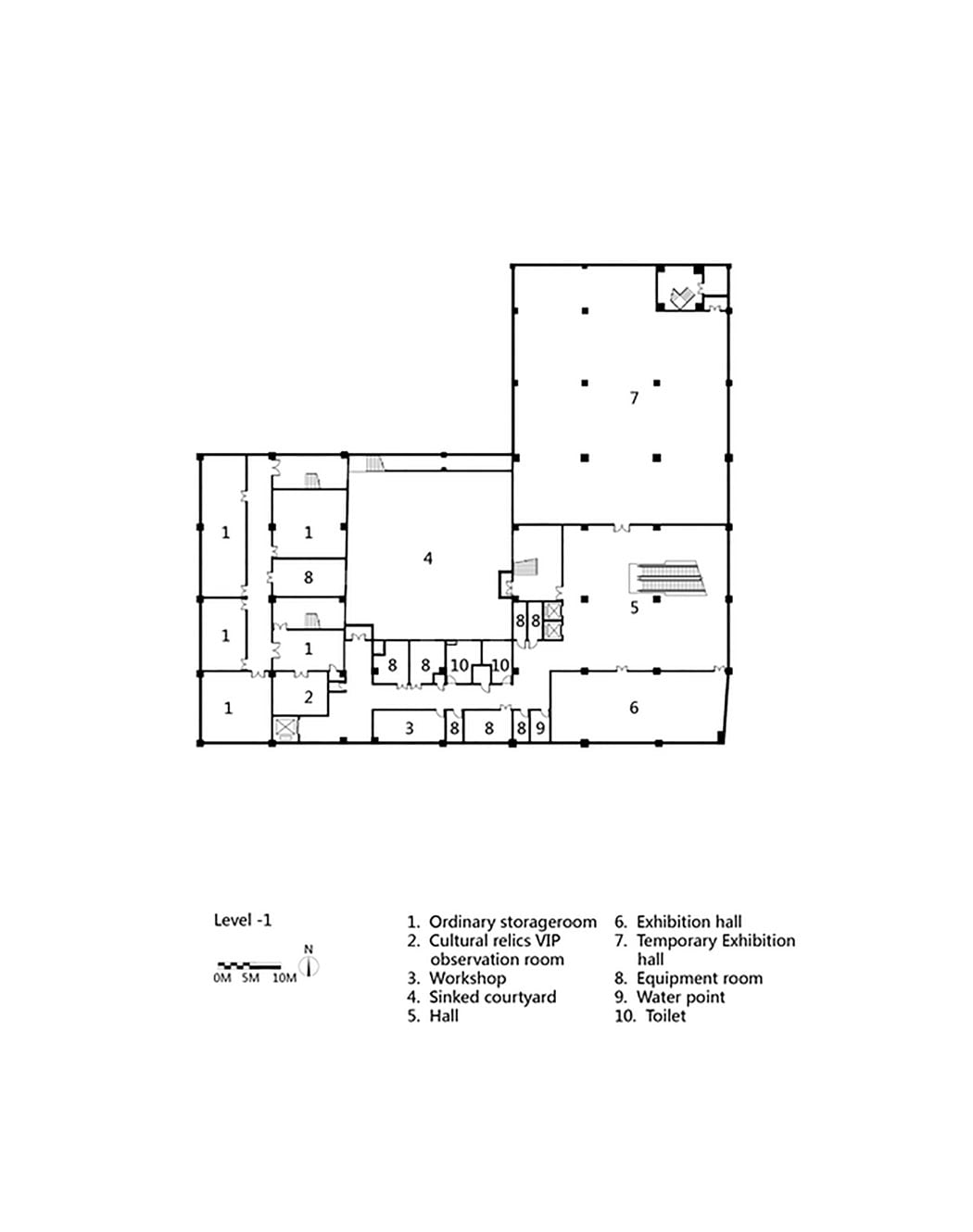
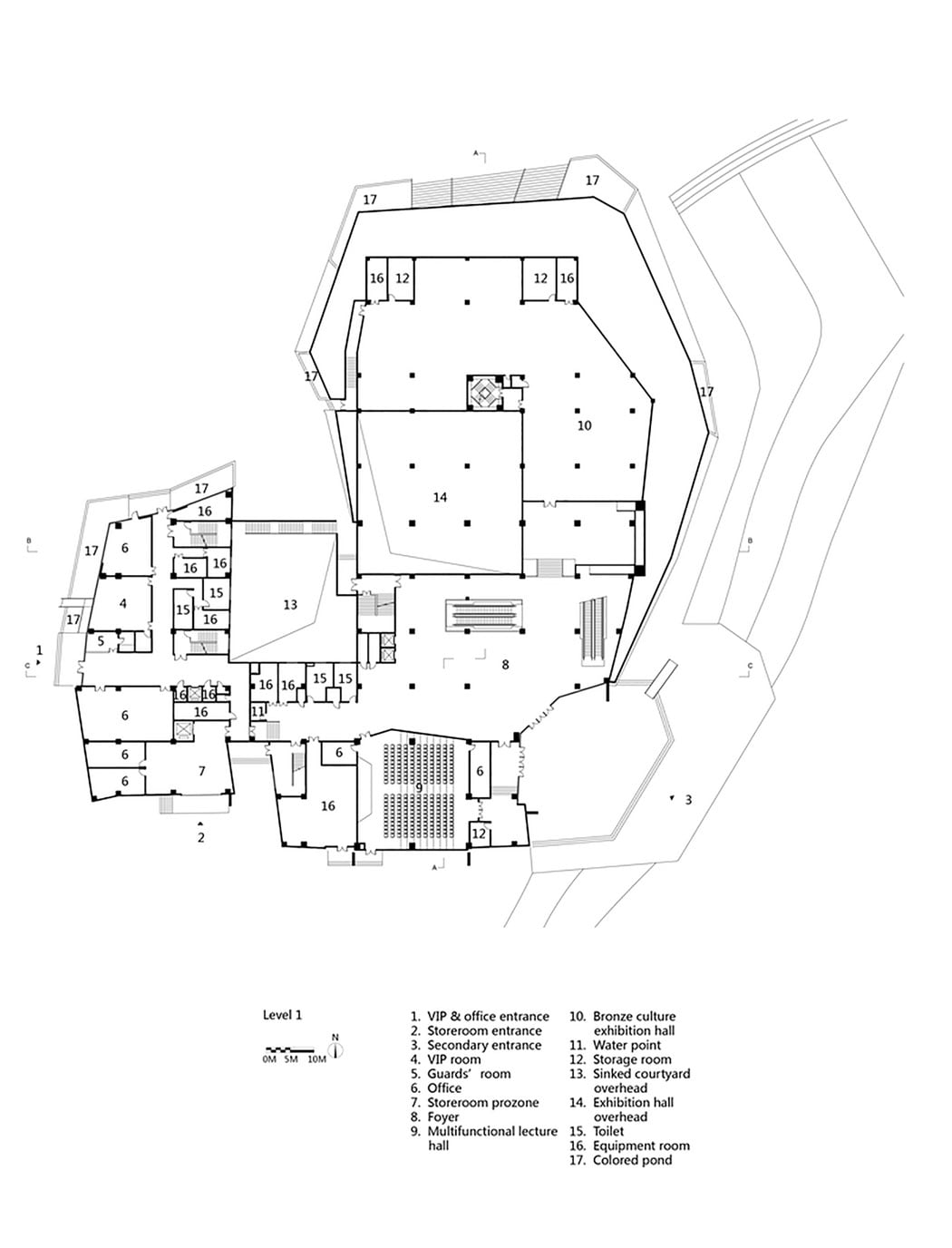
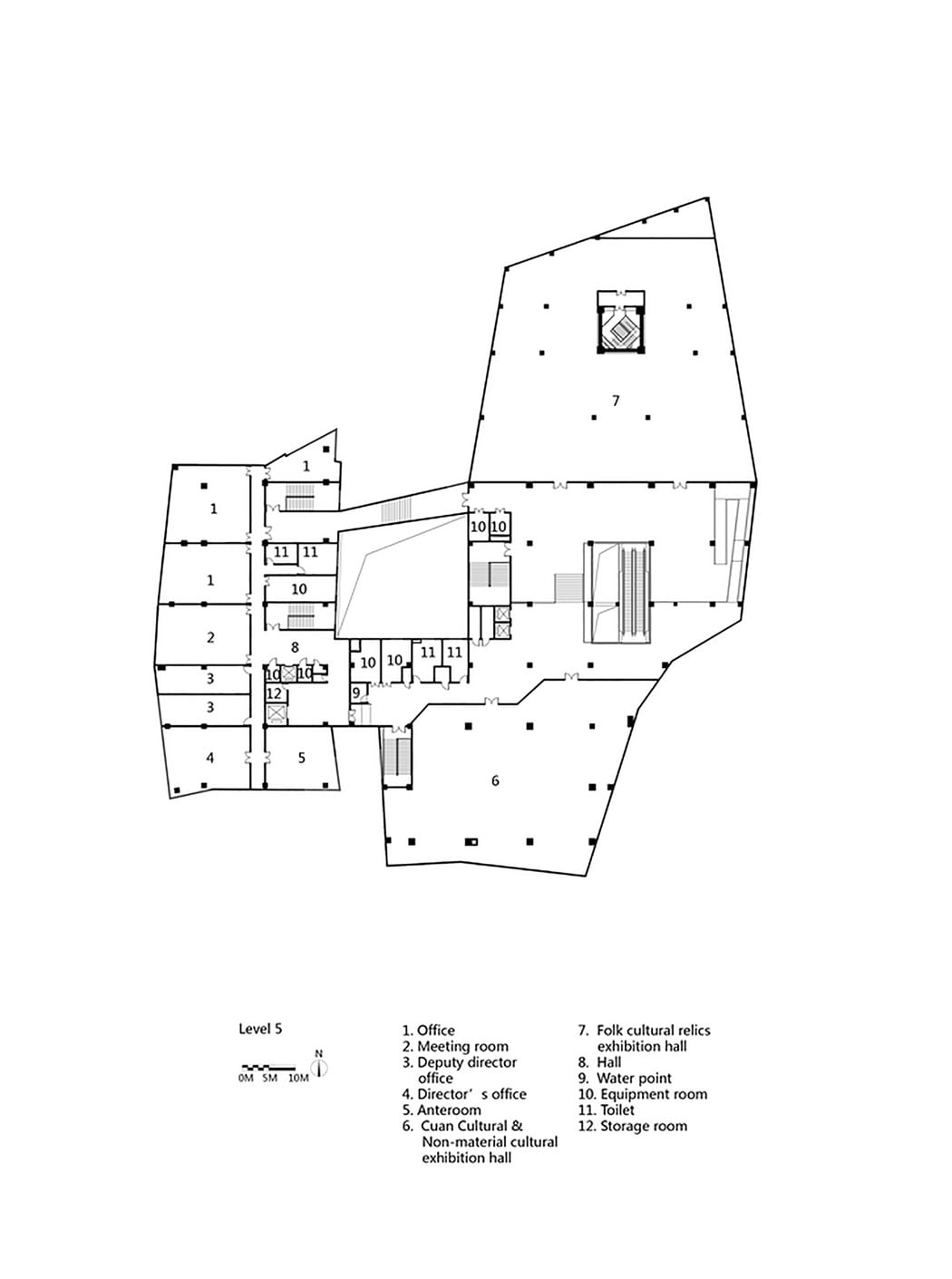
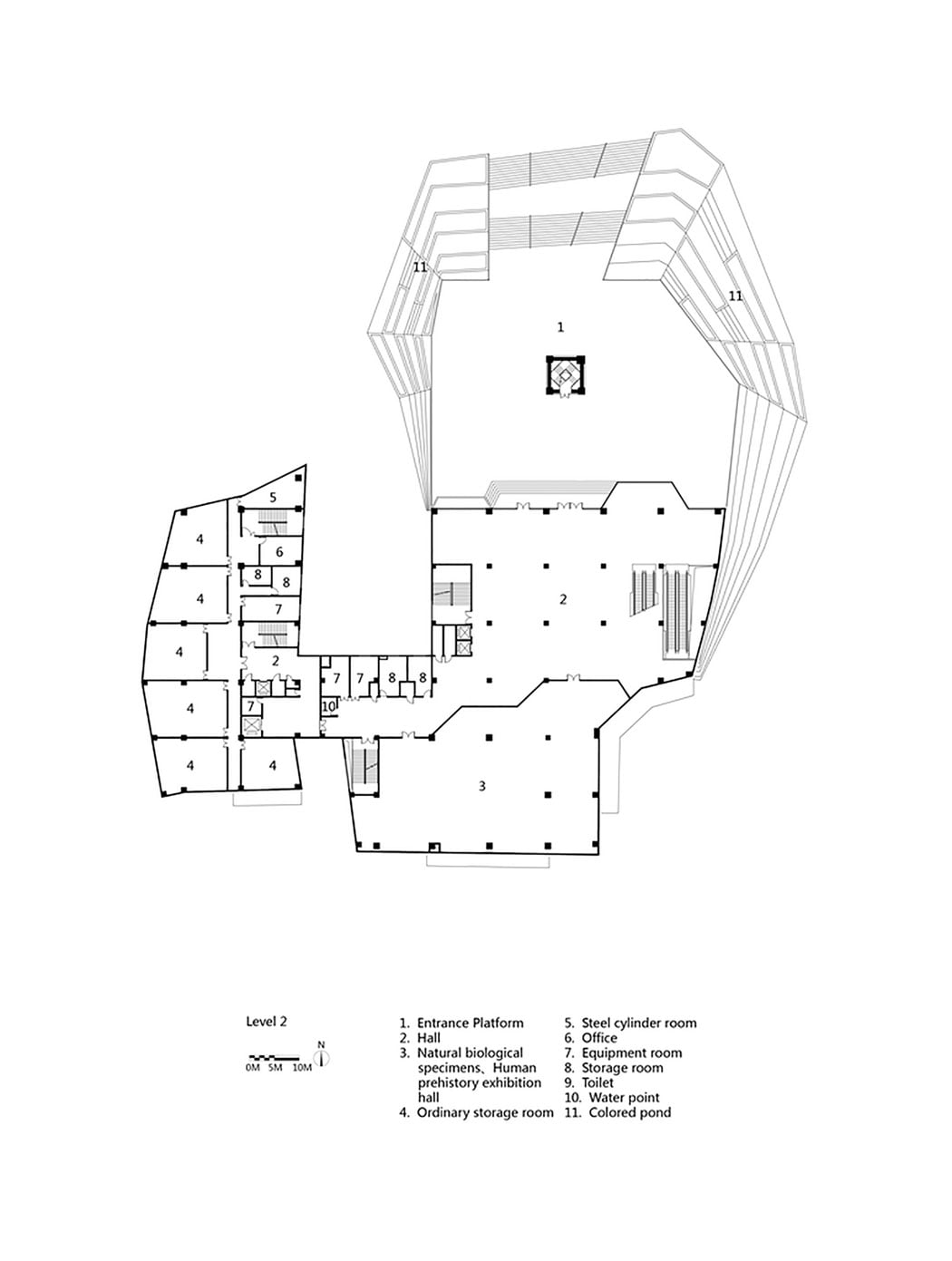
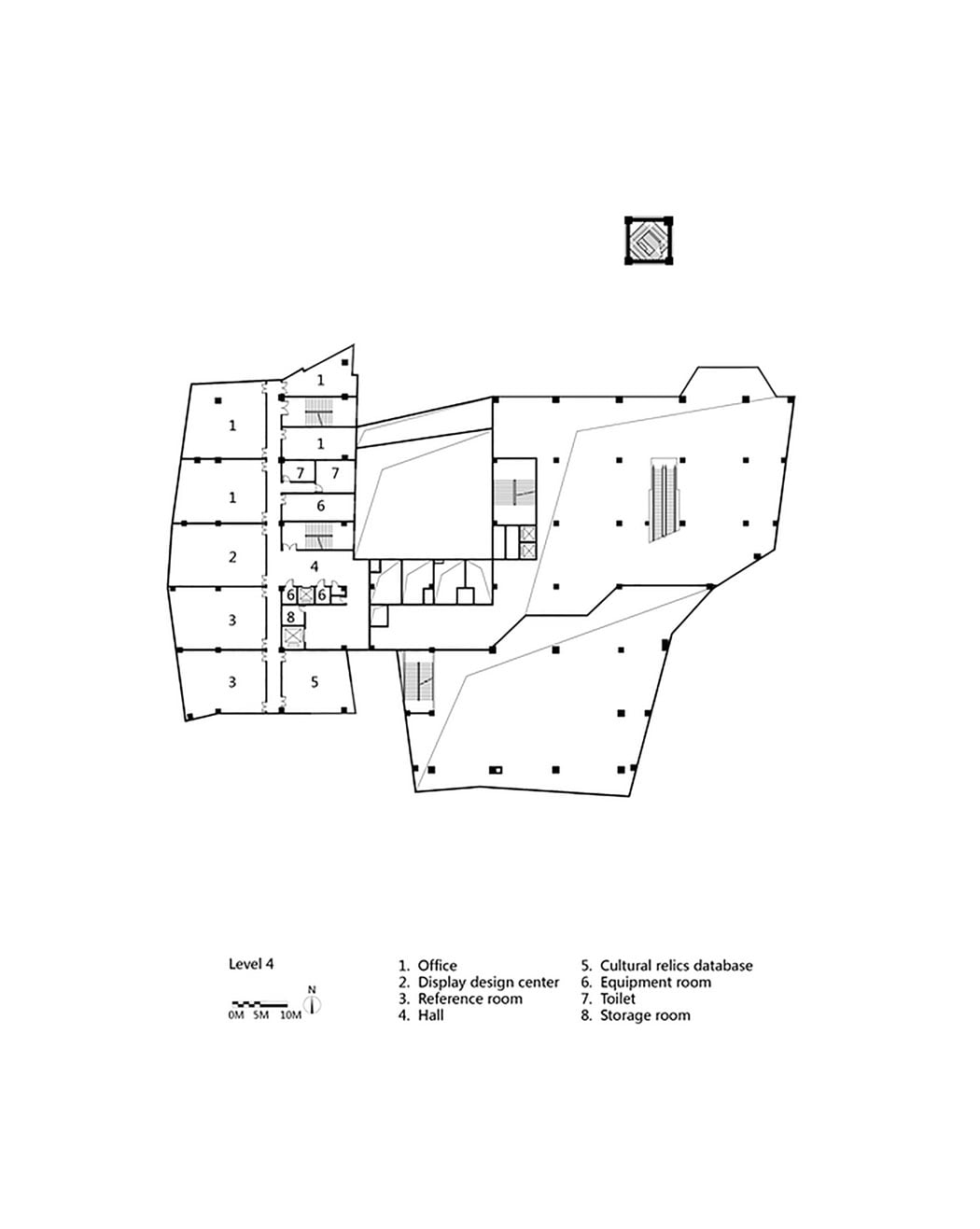
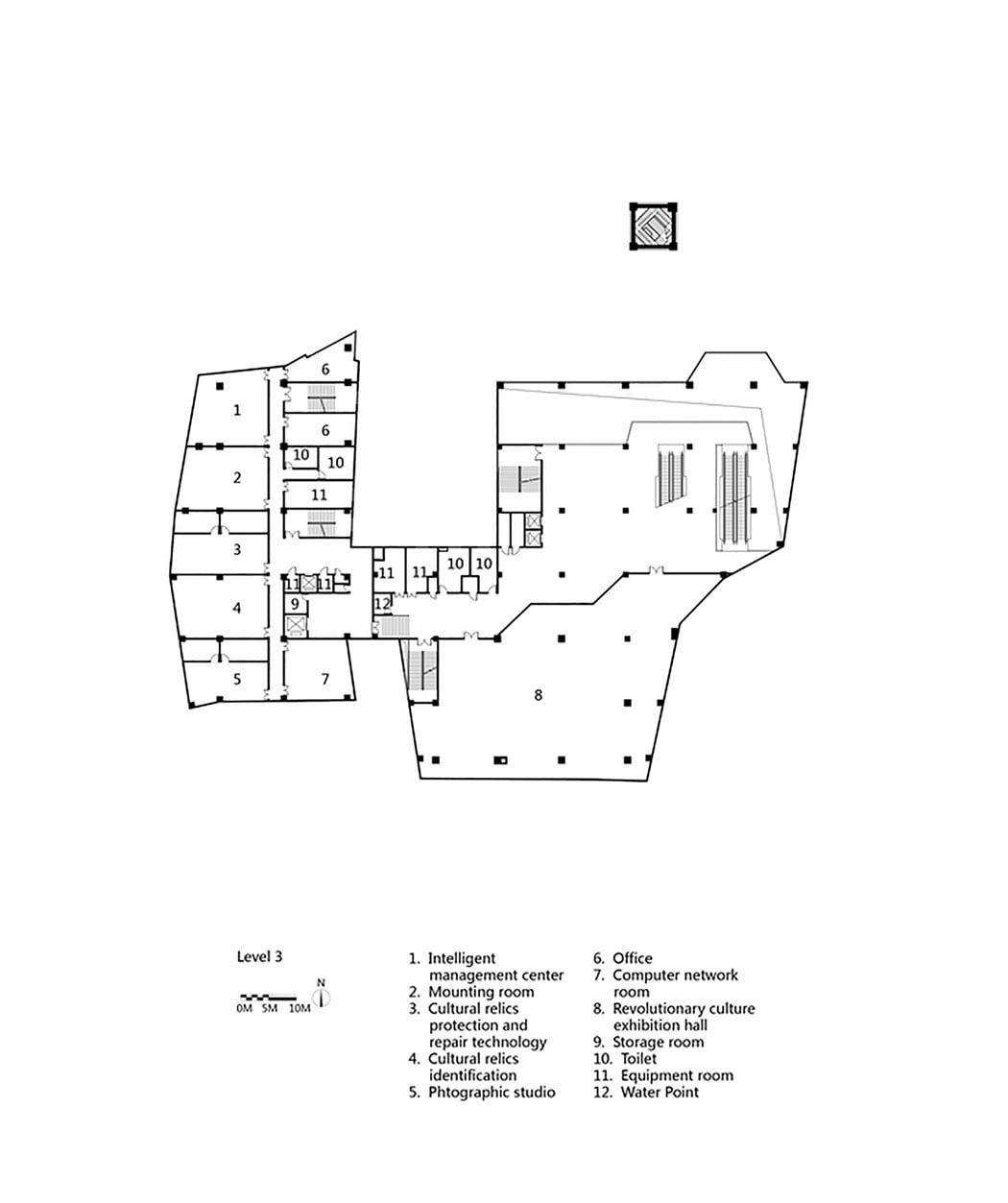
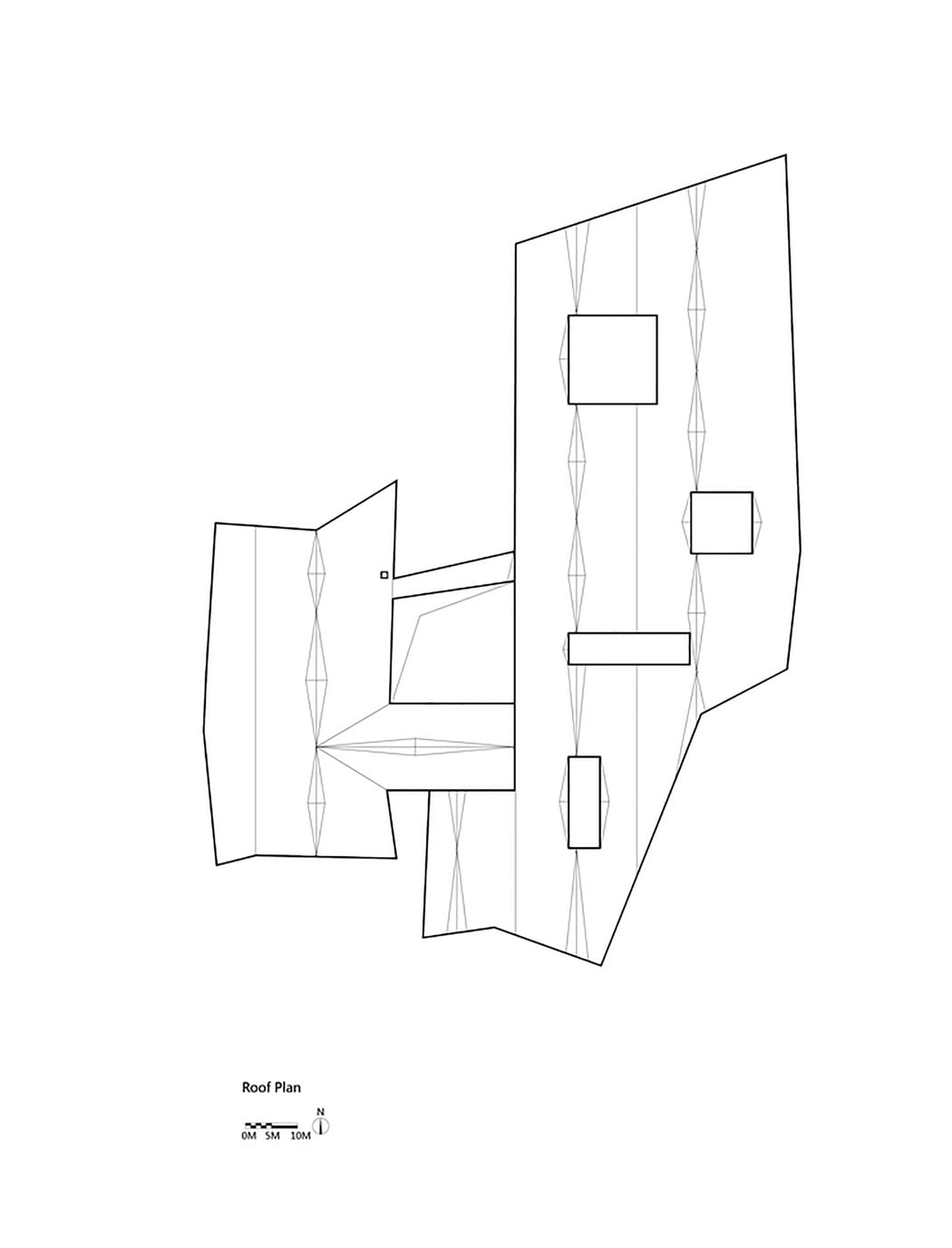
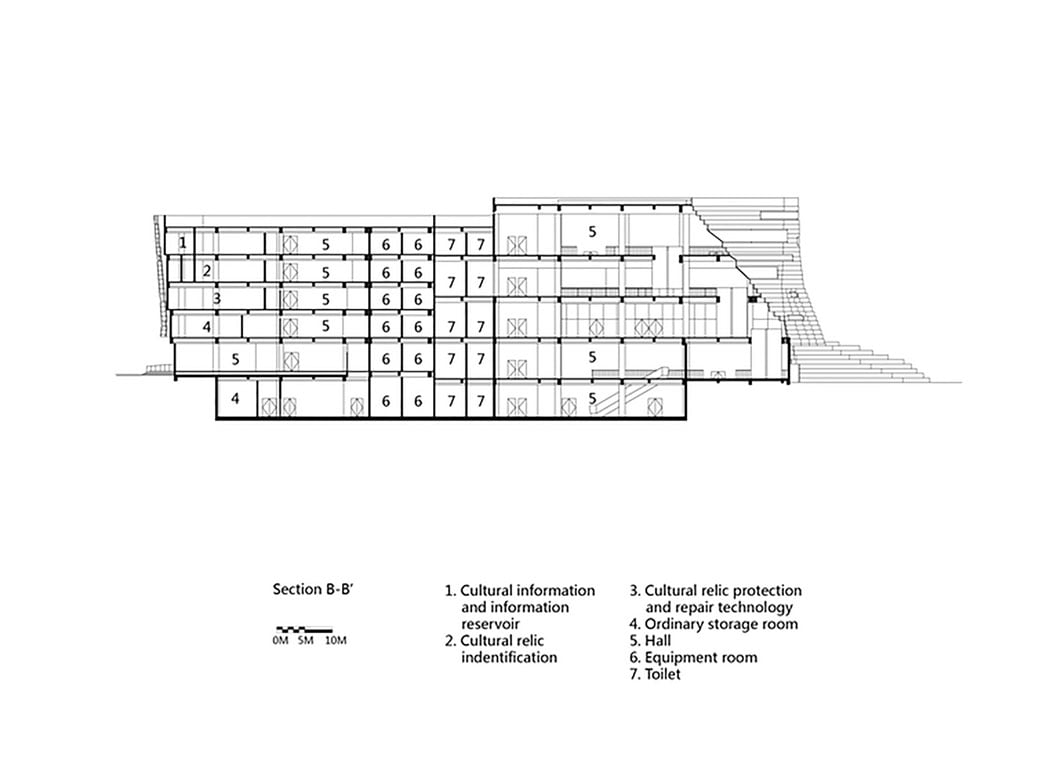
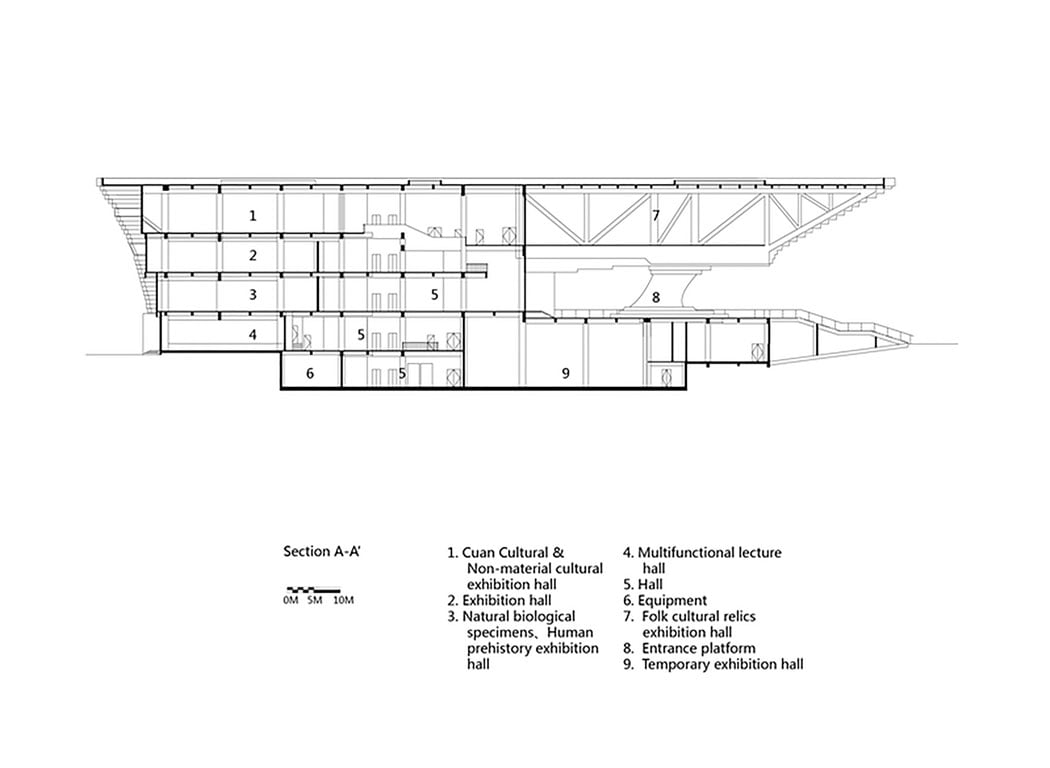
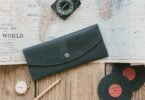
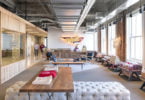


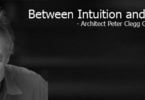

Leave a Comment
You must be logged in to post a comment.